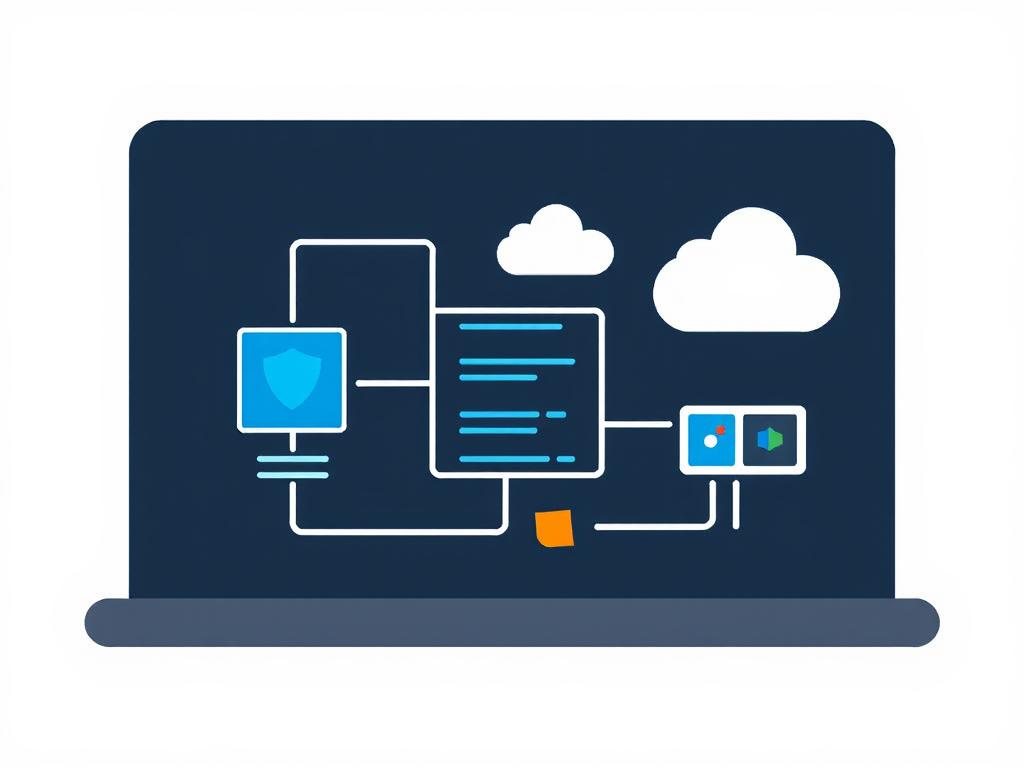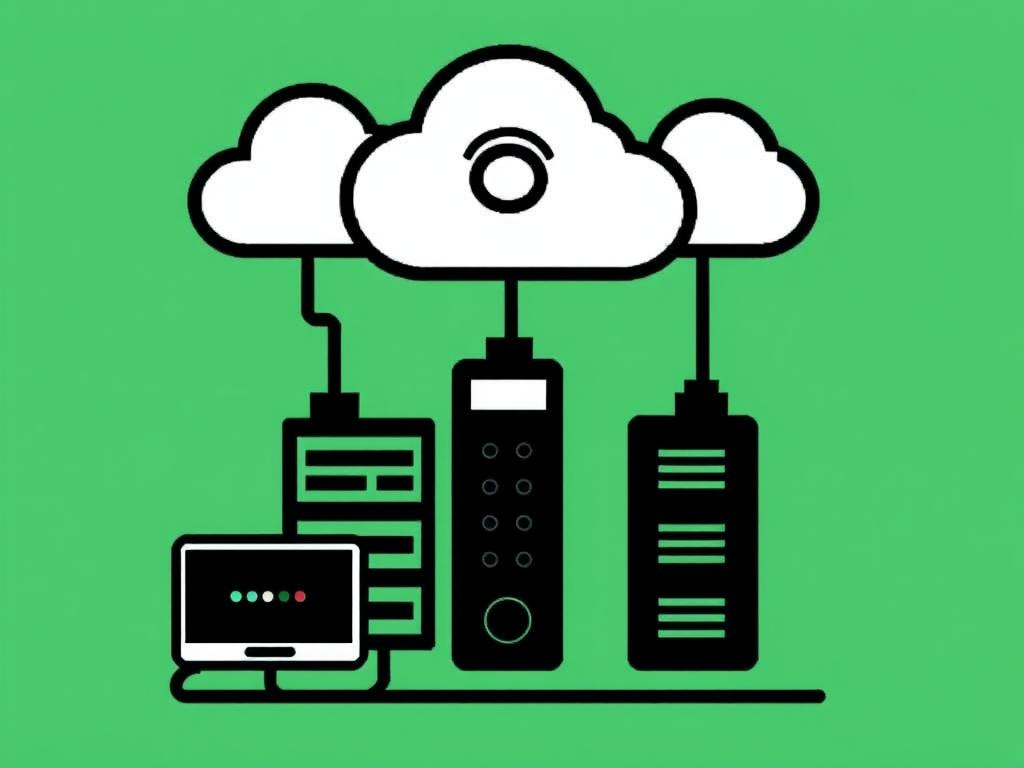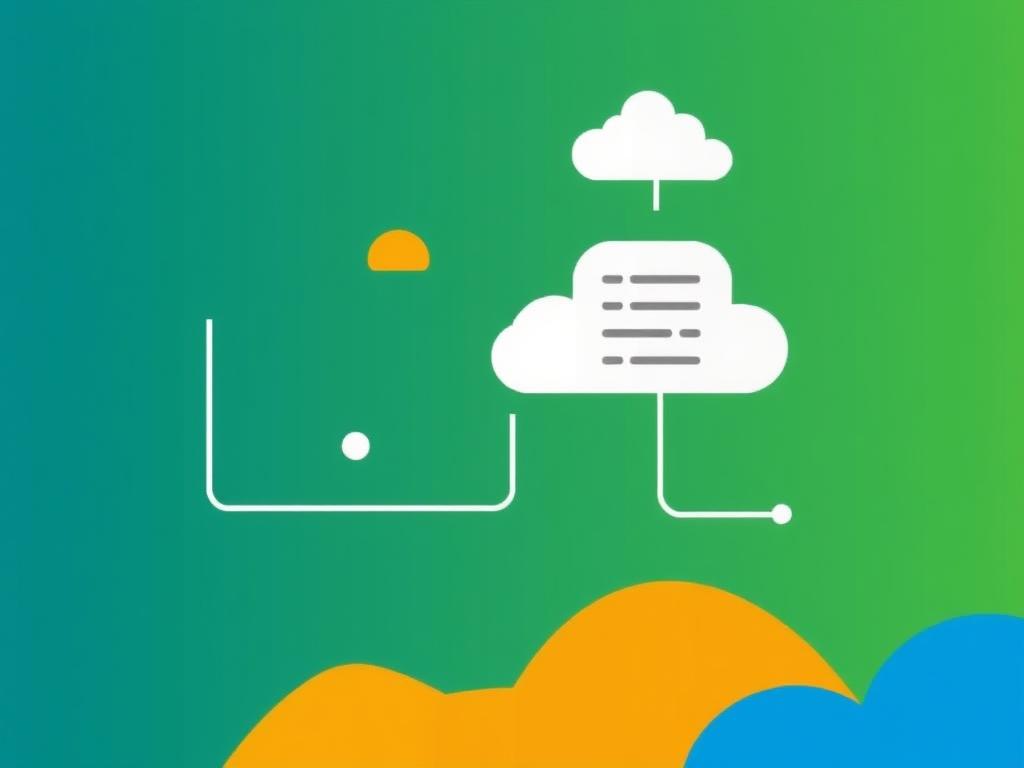Understanding Meshnet and Its Role in Disaster Recovery

In times of disaster, communication is often the first casualty. Natural calamities such as earthquakes, hurricanes, or floods can disrupt traditional communication networks, leaving communities isolated and emergency responders hampered. This is where meshnet technology steps in as a powerful tool for disaster recovery, offering offline communication capabilities when conventional networks fail. But what exactly is a meshnet, and why is it becoming essential in disaster response scenarios?
A meshnet is a decentralized network architecture where devices—smartphones, radios, computers—connect directly to each other rather than relying on a central internet connection. Each device acts as a node, forwarding data to others, creating a resilient network that can self-heal if parts get damaged. This unique structure allows for communication and data sharing even when standard infrastructure collapses. Meshnet for disaster recovery ensures that communities and first responders can maintain vital communication without relying on cellular towers or internet providers.
How Meshnet Enables Offline Communication During Emergencies
One of the core advantages of meshnet technology is its ability to operate completely offline. When disaster strikes, power outages or physical destruction can render mobile networks and wired internet unusable. Meshnet overcomes this by enabling devices to form local networks, creating an independent web of connectivity that bridges communication gaps.
Imagine a neighborhood after a major earthquake. Cellular towers are down, and everyone’s phones lose signal. With meshnet for disaster recovery, these phones automatically connect with each other using Wi-Fi or Bluetooth, relaying messages, alerts, and even critical health information throughout the community. This offline communication can mean the difference between chaos and coordinated relief.
Characteristics of Meshnet Communication

- Decentralized: No central authority or server is needed
- Self-Healing: Network automatically reroutes data if nodes drop out
- Scalable: More devices joining increases coverage and strength
- Low Power Requirements: Can operate on battery-powered devices
- Encrypted and Secure: Communications can be protected to maintain privacy
Key Technologies Behind Meshnet for Disaster Recovery

Meshnet for disaster recovery leverages a combination of hardware and software innovations to facilitate robust offline communication. Let’s break down some of the essential technologies making this possible.
Wireless Protocols: Wi-Fi, Bluetooth, and LoRa
Wireless protocols form the backbone of meshnet communication. Most meshnet devices use Wi-Fi Direct or Bluetooth to connect with nearby nodes, creating a dense network of data relays. While Wi-Fi offers higher speeds and longer ranges, Bluetooth consumes less power and is ideal for close-proximity connections. In scenarios where long-range and low-power communication is crucial, LoRa (Long Range) technology can help extend network coverage over several kilometers, albeit with lower data rates.
Mesh Networking Protocols
Specialized mesh networking protocols such as BATMAN (Better Approach To Mobile Adhoc Networking) and OLSR (Optimized Link State Routing) govern how data is routed across the network. These protocols ensure efficient data transfer even when the network topology constantly changes, as nodes move or lose power. They are crucial for maintaining the reliability and resilience expected from meshnet systems.
Devices and Platforms Supporting Disaster Recovery Meshnets
Several devices and platforms have emerged to facilitate meshnet communication during disasters:
| Device/Platform | Description | Key Features |
|---|---|---|
| GoTenna Mesh | Portable radio devices that connect via smartphone apps to create local mesh networks | Offline texting, GPS location sharing, long battery life |
| Serval Mesh | An open-source app enabling direct phone-to-phone communication via Wi-Fi | Voice calls, text messages, mesh expansion |
| MeshBox | A ruggedized mesh router designed for emergency response teams | Data sharing, internet bridging (when available), secure comms |
| BATMAN Protocol | A software protocol supporting mesh network routing | Dynamic route discovery, self-healing network paths |
Practical Applications of Meshnet in Disaster Recovery Scenarios
Meshnet technology is more than a theoretical solution; it has been tested and proven in real disaster recovery operations worldwide. For emergency responders and affected populations, meshnets enable:
1. Rapid Coordination Among First Responders
When disasters destroy communication infrastructure, emergency teams can rely on meshnet devices to stay connected, exchange vital information, and coordinate rescue efforts efficiently. This coordination often saves lives by reducing response times and preventing redundant efforts.
2. Connecting Isolated Communities
Remote or cut-off communities can maintain contact with aid organizations and neighboring regions through offline messaging and voice communication enabled by meshnet systems. Sharing situational updates or requesting supplies becomes possible even without internet access.
3. Infrastructure-independent Communication
Since meshnet communication does not require external infrastructure, it is particularly useful in areas with chronic connectivity challenges. Disaster zones can quickly establish temporary communication networks without waiting for service restoration.
4. Crowdsourcing Disaster Data
People within the mesh can share real-time information about hazards, damage, or resource needs. This collective data gathering enhances situational awareness for responders and helps prioritize relief efforts.
Challenges and Limitations of Meshnet for Offline Communication
While meshnet presents exciting possibilities, it is essential to address the challenges that accompany this technology in disaster recovery contexts.
Device Compatibility and Adoption
Effective meshnet networks require a critical mass of compatible devices operating in proximity. If only a few people in a community have devices equipped to participate in the mesh, the network’s coverage and usefulness decline significantly.
Range and Network Density
Because meshnets rely on devices hopping messages from node to node, network density is crucial. In sparsely populated or geographically challenging areas, maintaining continuous network coverage can be difficult without specialized hardware.
Security Concerns
While meshnets can encrypt communications, vulnerabilities exist if protocols are not kept up to date. Also, in emergency scenarios, networks may be susceptible to malicious actors attempting to intercept or disrupt communications.
Power Management
Many meshnet applications run on battery-powered devices. Prolonged disaster recovery situations may strain device batteries, especially when charging facilities are unavailable.
Future Developments: Toward Smarter, More Resilient Meshnets
As technology advances, meshnet systems for disaster recovery are becoming smarter, more user-friendly, and more resilient. Innovations such as AI-powered routing algorithms, integration with satellite systems, and modular hardware are enhancing the reach and reliability of offline communication during crises.
For example, hybrid networks that automatically bridge mesh networks with intermittent satellite or cellular connectivity can allow critical data to reach external emergency operation centers even when infrastructure is partially down. Additionally, efforts to standardize meshnet protocols and improve cross-device interoperability will encourage broader adoption and stronger network effects.
Potential Areas of Impact
| Area | Impact |
|---|---|
| Healthcare | Remote diagnostics and telemedicine via meshnet during infrastructure failures |
| Community Alert Systems | Localized emergency alerts without dependence on cellular or internet |
| Disaster Preparedness | Community training on meshnet use, pre-positioning mesh devices |
How You Can Prepare and Benefit from Meshnet Technology
Although meshnet for disaster recovery is a field mainly driven by emergency agencies and tech developers, individuals and communities can take proactive steps to harness this technology.
Tips for Getting Started
- Download meshnet-supported apps like Serval or Briar and familiarize yourself with their offline messaging features.
- Invest in devices such as GoTenna Mesh if you live in disaster-prone areas, ensuring you have backup communication methods.
- Organize local drills with your neighborhood to practice offline communication using meshnet tools.
- Stay informed about upcoming meshnet developments and how your community emergency services are integrating these technologies.
By embracing meshnet, you enhance your preparedness and empower your community to stay connected no matter what challenges arise.
Conclusion
Meshnet technology offers a groundbreaking approach to offline communication, transforming how disaster recovery efforts are conducted and how communities stay connected when traditional networks fail. Its decentralized, resilient, and self-healing nature makes it a crucial tool to bridge communication gaps in emergencies, saving lives and accelerating relief. Though challenges remain in adoption, range, and security, ongoing advancements promise to make meshnet for disaster recovery more accessible and effective. By understanding and embracing this technology, individuals and responders alike can ensure they stay connected in the most critical moments, turning isolation into cooperation when it matters most.
